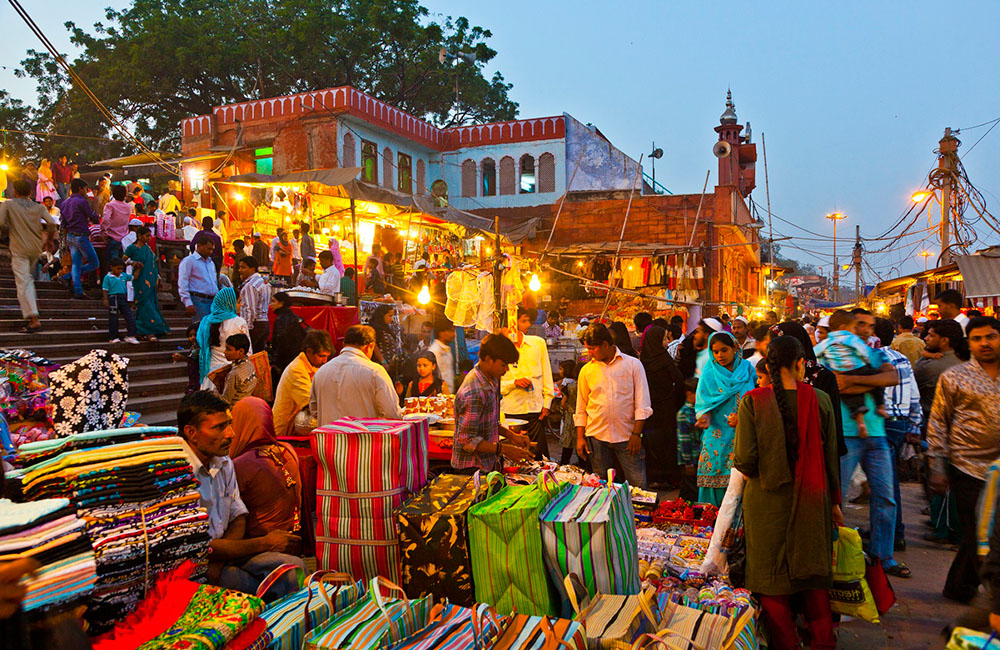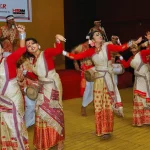The Role of Indian Markets in Shaping Local Cultures

Indian markets, with their vibrant colors, diverse offerings, and bustling crowds, are much more than places to buy and sell goods. These markets are deeply woven into the cultural fabric of India and have played a significant role in shaping the local cultures across the country. Whether in large metropolitan cities or small towns, markets serve as spaces where cultural exchange, social interactions, and local traditions come to life. Here’s a closer look at how Indian markets influence and shape local cultures.
Cultural Hub for Tradition and Craftsmanship
Indian markets are often the heart of local cultural traditions. Many traditional arts and crafts find their roots in these markets, where artisans sell handwoven textiles, pottery, jewelry, and intricate wooden carvings. These marketplaces help preserve and pass on ancient techniques and skills, making them vital for maintaining the country’s rich heritage. The artisans, often from rural areas, bring their creations to urban markets, allowing urban dwellers to connect with traditional craftsmanship. The continued demand for these goods in markets keeps these arts alive, while also influencing the design and creativity seen in contemporary fashion and design.
Food as a Cultural Reflection
The food markets in India are among the most diverse and flavorful in the world, showcasing the vast culinary traditions of different regions. From spices and herbs to regional delicacies, food markets are central to both daily life and cultural identity. The street food culture in India thrives in local markets, with vendors offering everything from chaats in the north to dosa in the south. These food items often carry the stories of regional migrations, trade, and local agricultural practices. Markets become cultural melting pots where people from different backgrounds come together, share meals, and build community bonds.
In addition to being a source of sustenance, food in Indian markets often symbolizes hospitality and community, values central to Indian culture. The sharing of food, be it through community feasts or casual street food exchanges, promotes unity and cultural continuity.
Marketplaces as Social Spaces
Indian markets are vibrant social spaces where people not only shop but also socialize and engage in communal activities. These markets serve as venues for local gatherings, festivals, and celebrations, reinforcing social ties. For instance, during festivals like Diwali, Eid, or Durga Puja, markets become even more crowded as people prepare for these special occasions. The decorations, lights, and unique festival-related items sold in the markets reflect the cultural and religious practices of the region, fostering a shared sense of celebration among communities.
In addition to religious festivals, markets host local events such as fairs, dances, and music performances, which are an integral part of the cultural life of the area. These events contribute to the preservation and evolution of local cultural practices, ensuring that traditional art forms continue to thrive in modern-day India.
Local Economies and Cultural Identity
Local markets in India often reflect the economic activities and occupations that define a region. For example, flower markets in cities like Kolkata and Madurai are an essential part of both daily life and religious practices. These markets not only support the local economy but also help define the cultural identity of the region. By selling goods that are unique to their area—whether spices in Kerala, silk in Varanasi, or handicrafts in Jaipur—these markets preserve regional cultures and foster a sense of pride among the local population.
The impact of local markets extends beyond the economic benefits; they are a cultural landmark where regional customs, dialects, and traditions are passed down through generations. The interactions in these markets shape the character of local communities, creating spaces where identity is constantly reinforced and celebrated.
Influence on Fashion and Consumer Culture
Indian markets also play a pivotal role in shaping fashion trends and consumer culture. From the colorful bazaars of Delhi to the bustling markets in Mumbai, these spaces provide a glimpse into how fashion is intertwined with cultural expression. Local clothing markets, where traditional garments like sarees, lehengas, and turbans are sold, influence fashion trends not just within the country but also globally. The modern fusion of traditional and contemporary designs seen in Indian fashion has roots in the blending of cultures in local markets.
Moreover, as Indian markets evolve with the growth of e-commerce and modern shopping malls, they continue to shape consumer habits and cultural attitudes. The rise of markets in the digital age reflects a shift in consumption patterns, yet the cultural significance of these traditional spaces remains undiminished.
Conclusion
Indian markets are far more than just commercial centers—they are vibrant cultural hubs that shape the identities and social fabric of local communities. By preserving traditional crafts, reflecting regional culinary diversity, and fostering social interactions, these markets continue to influence the cultural landscape of India. In every corner of the country, the local market serves as a testament to India’s rich heritage, showcasing the intricate relationship between commerce, culture, and community. Whether through the sale of handcrafted goods, the sharing of food, or the celebration of festivals, Indian markets will continue to be key in shaping the local cultures and identities for generations to come.










